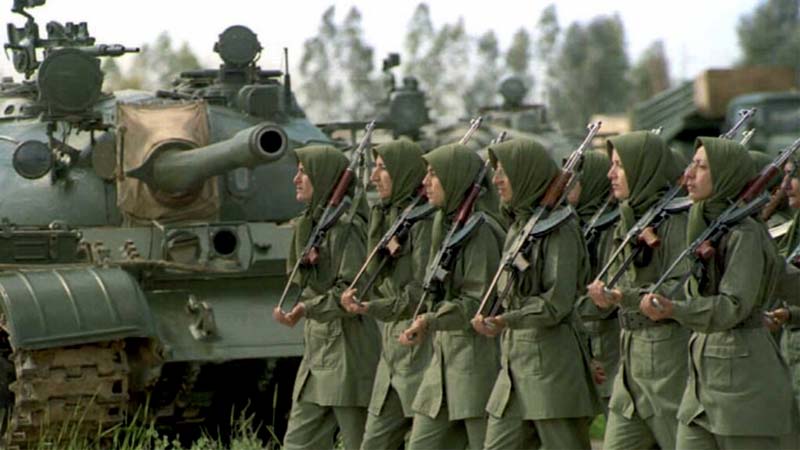The terrorist Mojahedin-e Khalq Organization forces played a leading role in the violent suppression of Iraqi Kurds during the Morvarid (Pearl) operation, an incident that became a catalyst for the defection of numerous members from the organization.
The presence of the terrorist Mojahedin-e Khalq Organization (aka MKO or MeK) in Iraq, driven by shared strategic objectives amidst local and regional changes, went beyond a simple partnership, evolving into a comprehensive coalition with Saddam Hussein. While their cooperation touched upon a wide range of matters, the specific focus here is on the MeK’s role in the violent suppression of Iraqi Kurds during the Morvarid (Pearl) operation, an incident that became a catalyst for the defection of numerous members from the organization.
More details of the encounters between Rajavi’s forces and the Iraqi Kurds are mentioned in the memoirs of a fighter pilot who was among the flight crew during the escape of Bani Sadr and Rajavi, and spent years within the organization. In the following, we quote exactly this person’s memories as the second account of this incident.
Rajavi’s forces were returning to Sulaiman Beg Road with full equipment and were deployed around the cities of Tuz and Kifri. Those who were passing through Tuz, were ordered to target this city with their cannons and machine guns. The citizens stopped working and gathered in front of the shops to see what is going to happen.
One of the Kurdish commanders came forward and asked to speak with the commander of the MeK forces named Reza Karamali. That person said, “We are not at war with you. Our goal is to liberate our regions from the hands of Saddam Hussein. If it happens, you won’t have any problems in this country. Isn’t it better to turn away your cannons?”
Karamali said, “You are a mercenary of the Khomeini regime, and you have always been and will be our enemy, and you have already killed our troops or handed them over to the Islamic Republic.”
It was at this time that a bullet from an unknown location was shot and killed Reza. [In response,] The MEK started shooting blindly at the city and destroyed many places and shops with cannonballs.
They had promised Saddam that they would intercept the Kurds until the arrival of the Iraqi forces; therefore, they blocked the main entrances and exits of Kifri, Jalawla, and Tuz. First, for about two days, the Kurdish groups tried to avoid clashing with the MeK. This did not mean that they were unable to do so, but they did not want to find themselves on two fronts, namely fighting with the MeK on one side, and with Saddam on the other. The MeK justified its members saying that they are not actually Kurds, but rather the Islamic Republic’s soldiers and troops, dressed as Kurds!
The Kurds continued to try to negotiate with the MeK until a group of the Mojahedin attacked Kifri. They entered the city with tanks and personnel carriers. The conflict started inside the city and this MEK group with 11 members were all killed. After that, the attempt to negotiate failed and the forces attacked each other, especially the MeK tried to kill and arrest many Kurds in order to hand them over to the Iraqi government.
This action of the MeK and the blockage of the Kurds gave Saddam the opportunity to bring a number of his remaining forces to these areas and, using helicopters and artillery, push the Kurds back and regain control of Jalawla, Tuz, and Kifri. (1)
References
1. Asadi, The Reactionary, pp. 86-93


